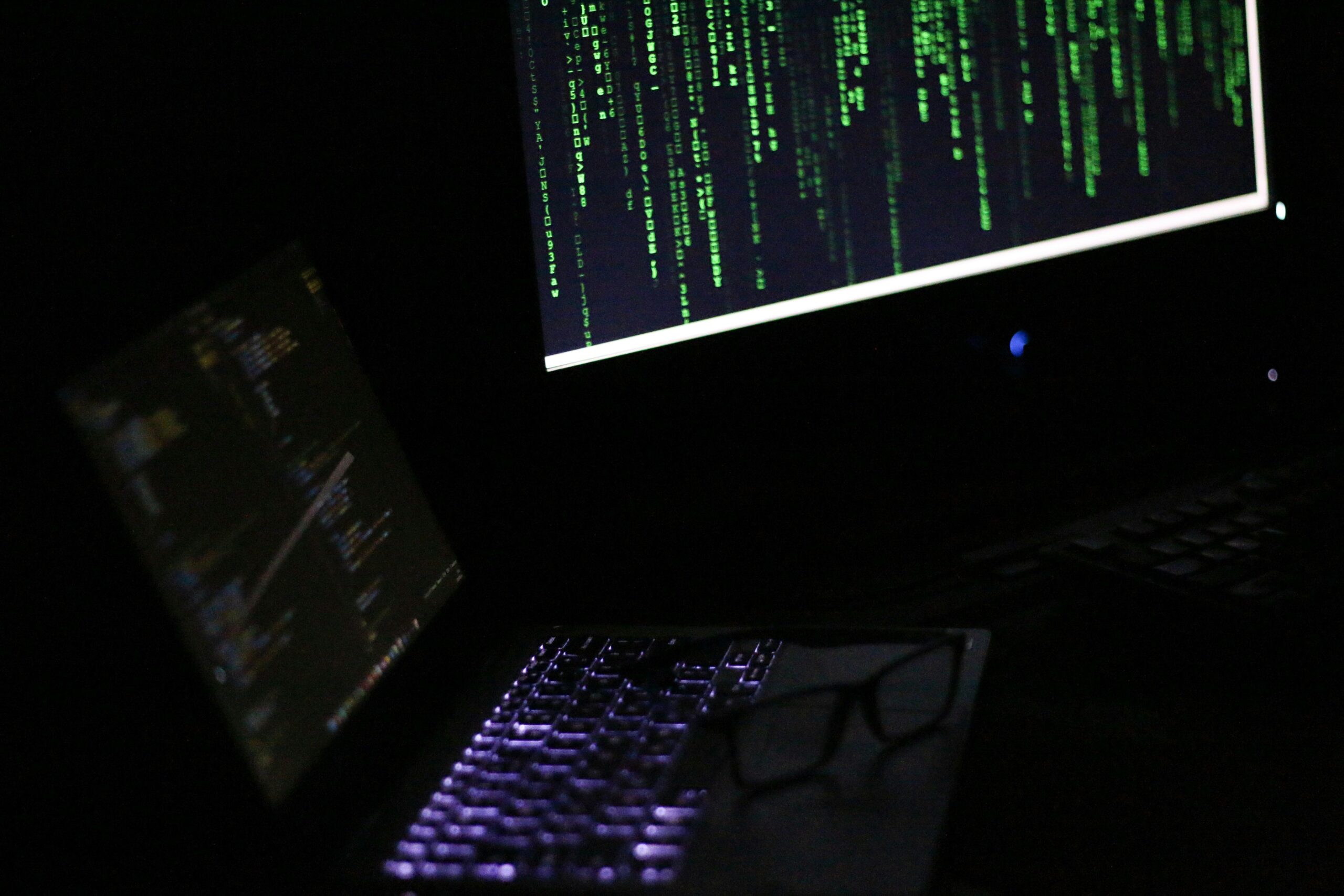In the ever-evolving digital landscape, cybercriminals are constantly refining their tactics, leaving individuals and organizations on a perpetual quest to stay one step ahead. As technology advances at a breakneck pace, so do the threats lurking in the shadows of the internet. But what does the future hold for cybercrime? In this blog, we’re peering ahead to explore the emerging trends, new attack vectors, and the next wave of digital dangers that could reshape the cybersecurity battlefield. Join us as we unravel what’s next in cybercrime and how we can prepare for the unseen challenges of tomorrow.
Table of Contents
- Emerging Cybercrime Tactics That Could Change the Game
- Unveiling the Dark Web’s Latest Innovations and Their Impact
- Smart Defenses for a Smarter Threat Landscape
- How Businesses Can Stay One Step Ahead of Tomorrow’s Hackers
- In Summary
Emerging Cybercrime Tactics That Could Change the Game
In the shadowy corridors of the internet, cybercriminals are constantly evolving, leveraging newfound technologies and exploiting emerging vulnerabilities with unprecedented ingenuity. Today, one of the most groundbreaking tactics involves AI-driven social engineering. Attackers now utilize machine learning algorithms to craft hyper-personalized phishing campaigns that adapt in real-time based on user responses, making scams almost indistinguishable from genuine communication. Alongside this, the rise of deepfake technology is enabling fraudsters to mimic voices and faces with alarming accuracy, opening doors to sophisticated identity theft and manipulation that could reshape how trust is undermined digitally.
Moreover, decentralized platforms and the expansion of the Internet of Things (IoT) present fertile ground for new threat vectors. Cybercriminals are increasingly targeting smart device networks, turning everyday appliances into entry points for wide-scale data breaches or orchestrated botnet attacks. Additionally, with the growth of blockchain and cryptocurrencies, hackers are developing techniques to exploit vulnerabilities in smart contracts and decentralized finance (DeFi) ecosystems, leading to complex financial heists that are difficult to trace or recover. To stay ahead, cybersecurity professionals must anticipate these disruptive shifts and rethink protection strategies in a landscape where innovation and crime move in tandem.
Unveiling the Dark Web’s Latest Innovations and Their Impact
In recent months, the shadowy corridors of the dark web have witnessed a surge of groundbreaking technological advancements that are reshaping the landscape of cybercrime. Among these, decentralized marketplaces powered by blockchain technology are gaining traction, making illicit transactions more resilient against takedowns. Sophisticated AI-driven malware is evolving, capable of learning and adapting to new defensive measures in real-time. This fusion of automation and anonymity is enabling cybercriminals to execute more targeted and stealthier attacks, posing unprecedented challenges to cybersecurity experts worldwide.
Emerging tools are not just more effective—they are also becoming accessible to a broader range of threat actors, democratizing cybercrime in alarming ways. Key innovations include:
- Encrypted communication platforms that operate through peer-to-peer networks, ensuring messages vanish without a trace.
- Ransomware-as-a-Service (RaaS) models that allow even novice hackers to launch devastating campaigns with minimal technical know-how.
- Deepfake technology used to manipulate identities, amplifying phishing and social engineering attacks.
As these technologies continue to evolve rapidly, staying abreast of their development is crucial for anticipating new threats and crafting robust defense strategies that go beyond traditional cybersecurity paradigms.
Smart Defenses for a Smarter Threat Landscape
As cyber adversaries evolve, our defenses must not only react but anticipate the next move. Artificial intelligence and machine learning are becoming indispensable tools, enabling security systems to detect subtle anomalies in real-time and respond faster than ever before. Beyond automation, these smart defenses empower cybersecurity teams to prioritize threats based on risk, reducing alert fatigue and focusing efforts where they matter most.
But it’s not just about technology; collaboration plays a pivotal role. Organizations are increasingly sharing threat intelligence across industries, creating a collective front that adapts dynamically to emerging risks. Expect to see a rise in:
- Decentralized security frameworks leveraging blockchain for tamper-proof threat data
- Behavioral analytics that tailor defensive responses to individual user patterns
- Zero-trust architectures pushing for continuous verification even within internal networks
How Businesses Can Stay One Step Ahead of Tomorrow’s Hackers
In the rapidly evolving landscape of cyber threats, businesses must adopt a mindset of proactive vigilance rather than reactive defense. This means investing in advanced threat intelligence platforms that analyze behaviors and predict attack patterns before they materialize. Embracing automation for routine security tasks also frees up human resources to focus on strategic analysis and response planning. Equally crucial is fostering a culture where every employee becomes part of the security apparatus through continuous training and awareness programs tailored to emerging cyber tactics.
To truly stay ahead, organizations should consider integrating these key strategies into their cybersecurity framework:
- Zero Trust Architecture: Assume breach and limit internal access to minimize damage.
- AI-Powered Anomaly Detection: Employ machine learning to identify unknown threats swiftly.
- Collaboration and Information Sharing: Join industry-specific threat intelligence sharing groups.
- Regular Red Team Exercises: Simulate real-world attacks to uncover hidden vulnerabilities.
By weaving these elements into the core of their defense strategy, businesses don’t just keep pace—they anticipate and outsmart tomorrow’s hackers.
In Summary
As we peer ahead into the evolving landscape of cybercrime, one thing is clear: the threats of tomorrow will be as dynamic and unpredictable as the technology that enables them. Staying informed and adaptable isn’t just a strategy—it’s a necessity in this digital arms race. While the challenges are complex, so too are the innovations in defense. So, let’s keep asking questions, exploring new solutions, and, above all, staying curious about what’s next. After all, the future of cybercrime is unwritten, and our vigilance today will shape the security of tomorrow.












